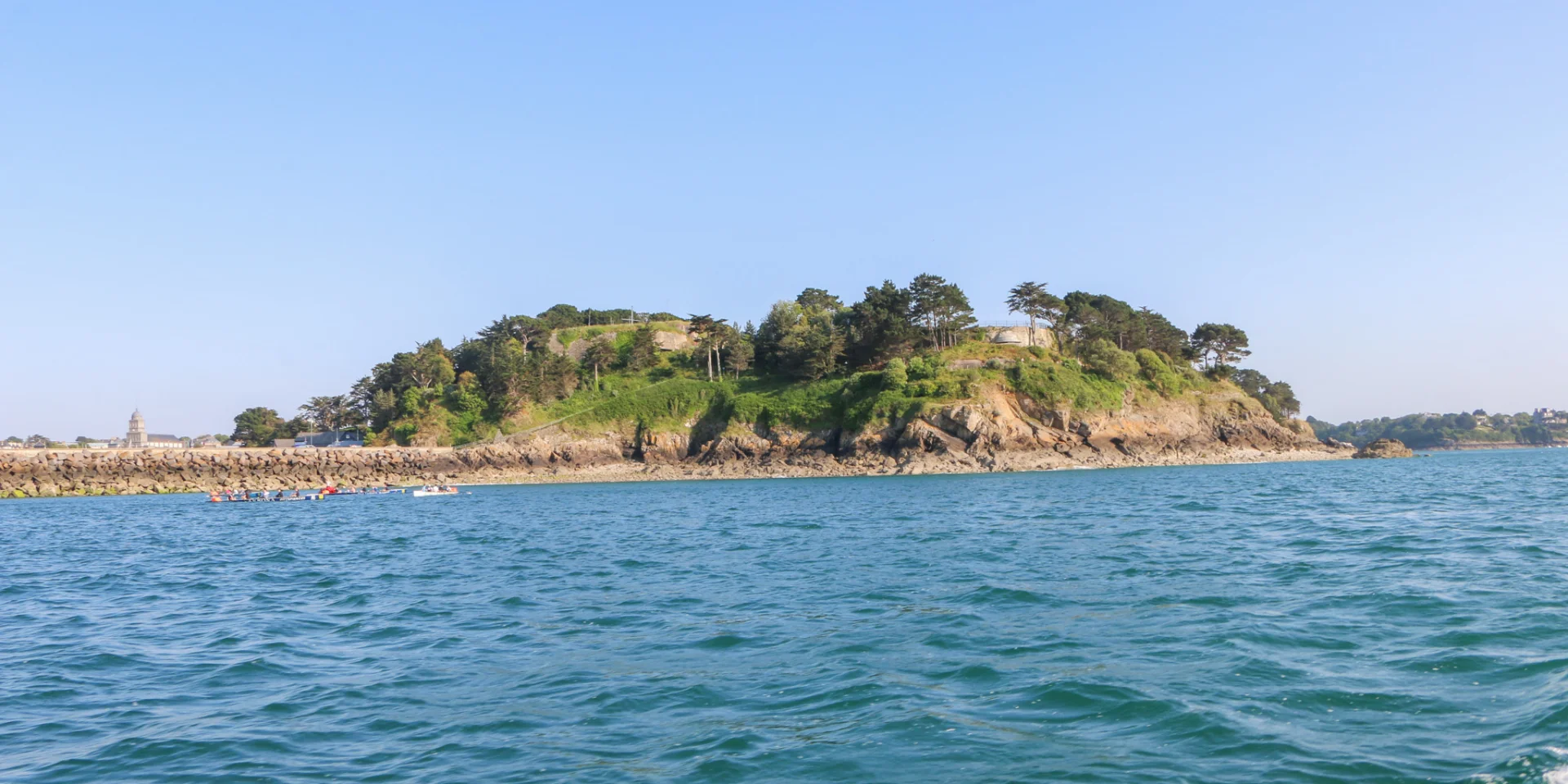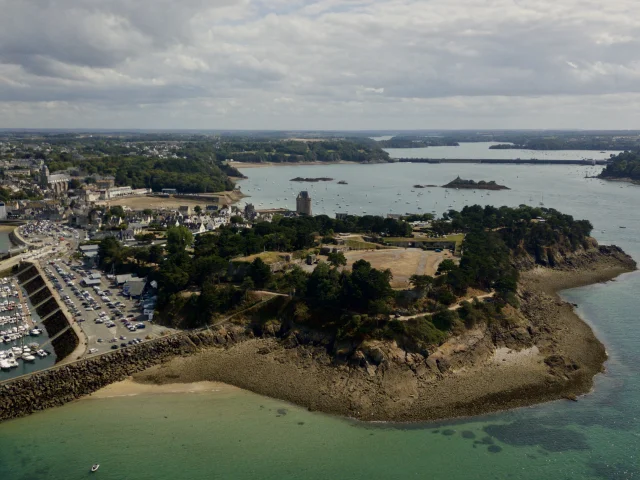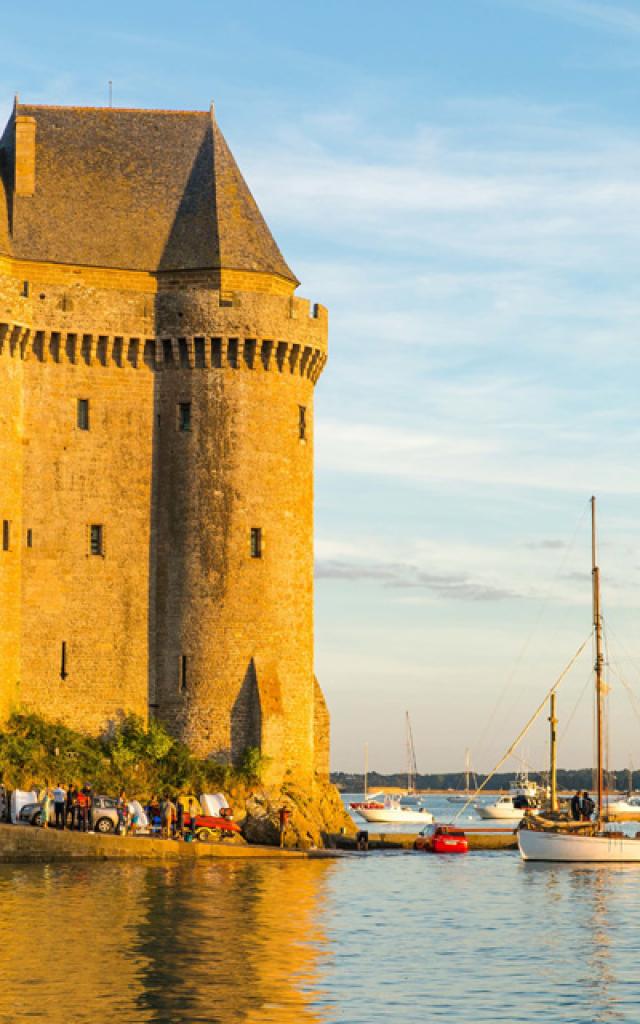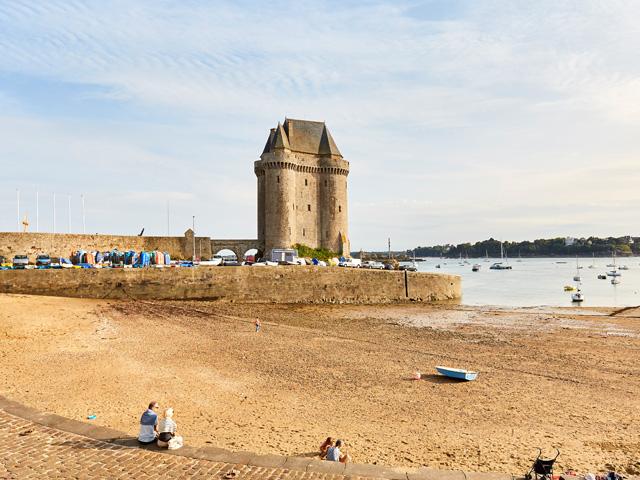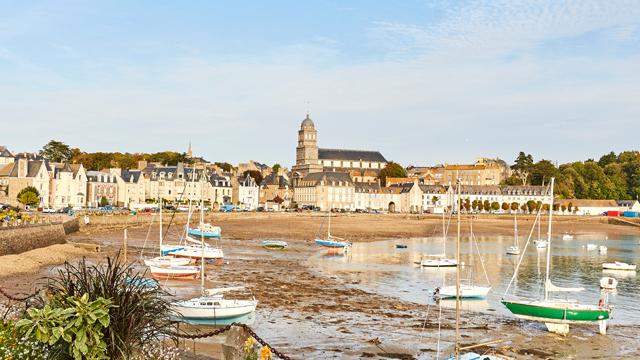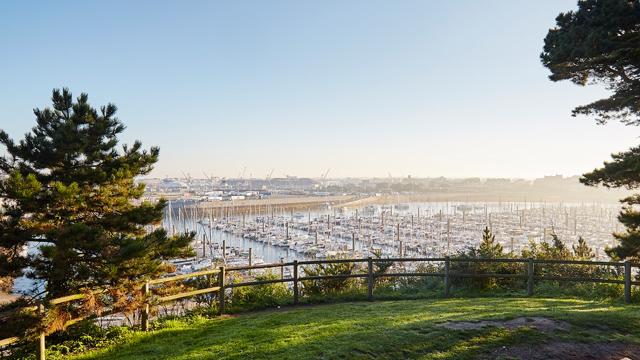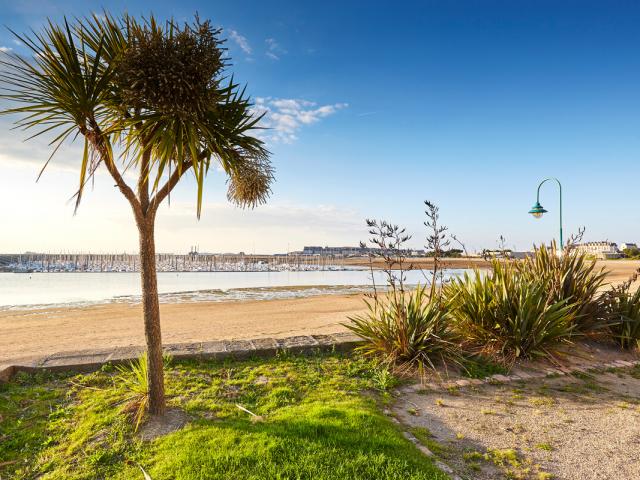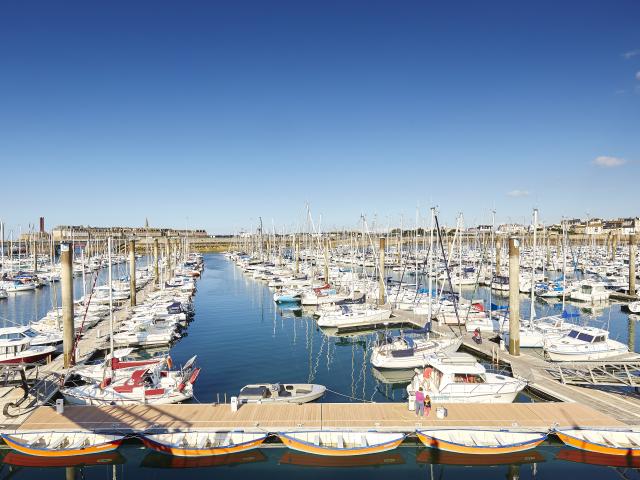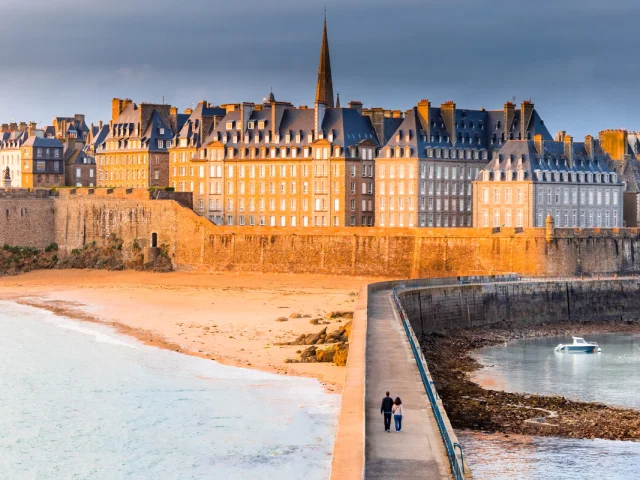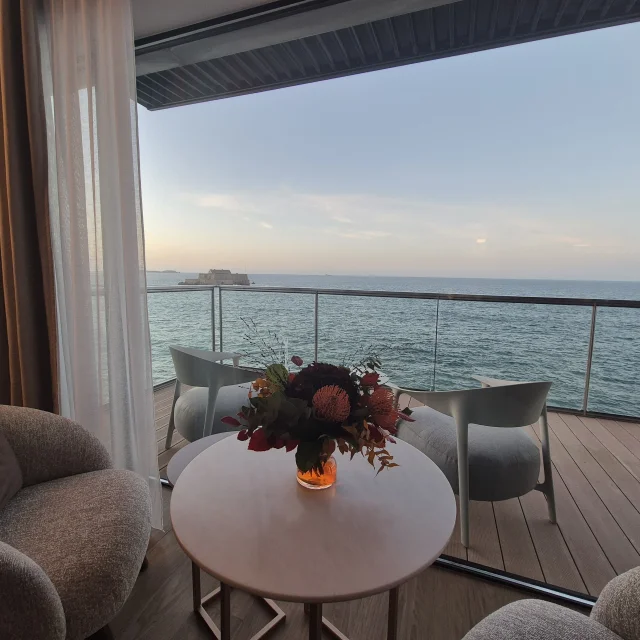Saint Peter's Cathedral
Let’s begin our exploration in Place Saint-Pierre, where the remains of Saint-Pierre d’Alet cathedral, the oldest Christian place of worship in the region, have been waiting for us for several centuries. We discover the ruins of the apse of the pre-Romanesque building dating from the 10th century. Some of the remains found date back to an earlier 9th-century church, but the site has also revealed the remains of a 4th-century Gallo-Roman building and a wealth of archaeological material.
 @smbmsm Cathédrale De La Cité D'alet 2 Saint Servan
@smbmsm Cathédrale De La Cité D'alet 2 Saint Servan @smbmsm Cathédrale De La Cité D'alet 1 Saint Servan
@smbmsm Cathédrale De La Cité D'alet 1 Saint Servan @smbmsm Cathédrale De La Cité D'alet Saint Servan
@smbmsm Cathédrale De La Cité D'alet Saint Servan